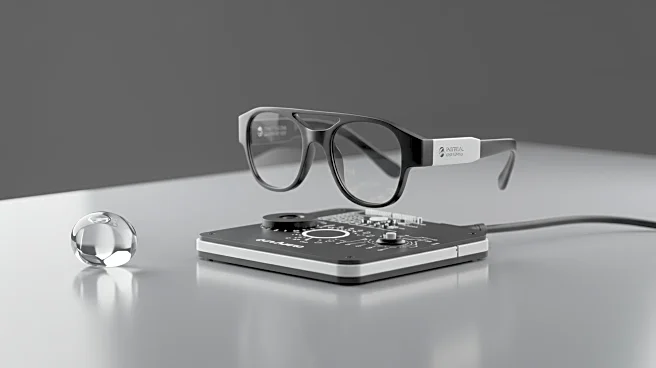What's Happening?
A recent study has revealed that Peripheral Exudative Hemorrhagic Chorioretinopathy (PEHCR), a rare degenerative condition affecting the peripheral retina, is often misdiagnosed, leading to delayed treatment. The study, focusing on Korean patients, found that only 8% of patients were correctly diagnosed with PEHCR initially, while 56% were misdiagnosed with choroidal melanoma. PEHCR primarily affects older women and presents with hemorrhagic and exudative lesions in the peripheral retina. The study emphasizes the need for careful monitoring and appropriate management to prevent vision-threatening complications.
Why It's Important?
The misdiagnosis of PEHCR as choroidal melanoma can lead to unnecessary aggressive treatments, such as enucleation or radiation, due to the differing prognostic implications. Accurate diagnosis is crucial to avoid these treatments and manage the condition effectively. The study highlights the importance of distinguishing PEHCR from other ocular conditions, which can have significant implications for patient care and treatment strategies.
What's Next?
Further research is needed to understand the pathophysiology of PEHCR and its relationship with other conditions like age-related macular degeneration and polypoidal choroidal vasculopathy. Improved diagnostic techniques and awareness among healthcare professionals could lead to better management and outcomes for patients with PEHCR.
Beyond the Headlines
The study suggests that PEHCR may share characteristics with other ocular conditions, raising the possibility of it being a distinct entity. This could lead to new insights into the disease and its treatment, potentially improving patient outcomes.











